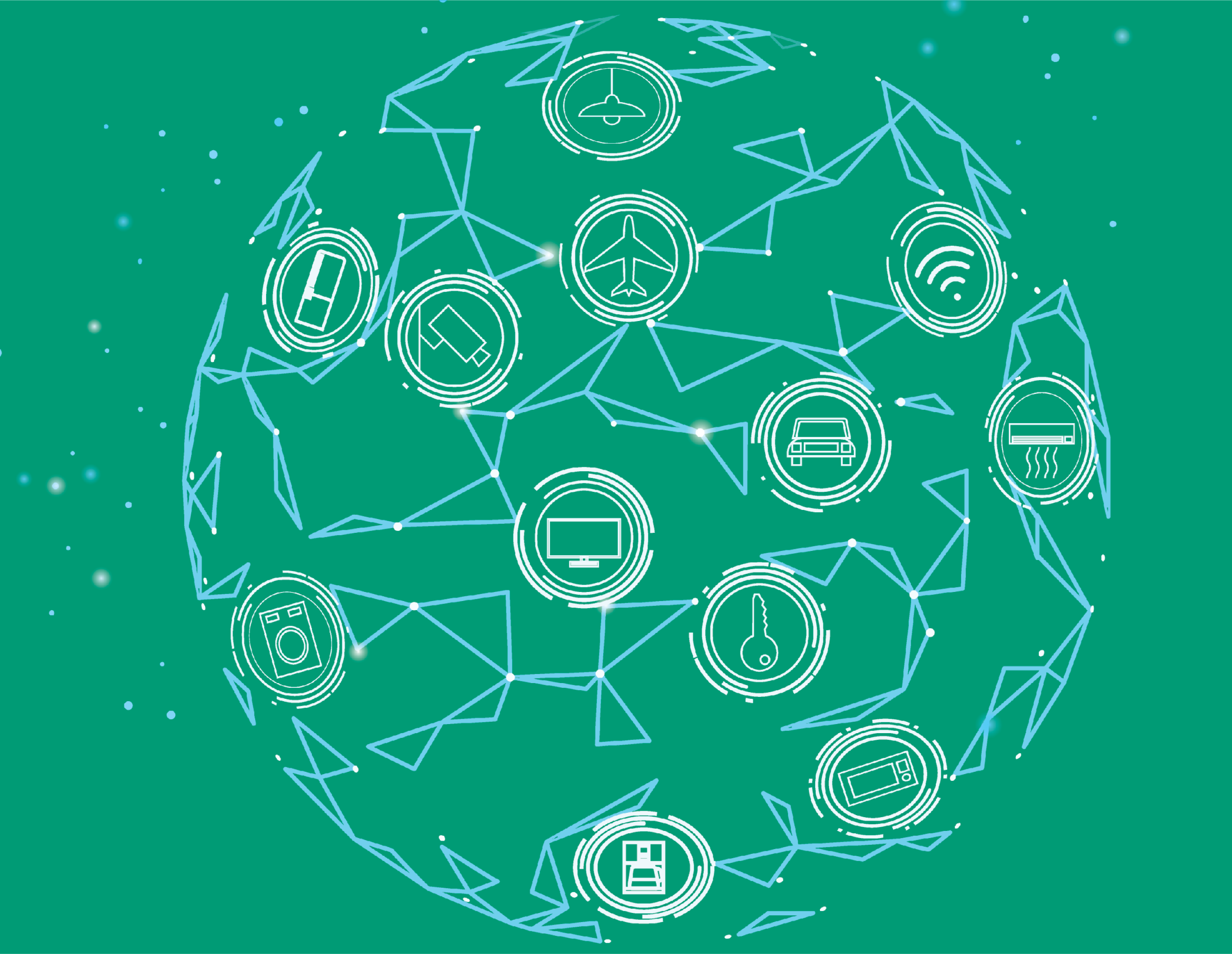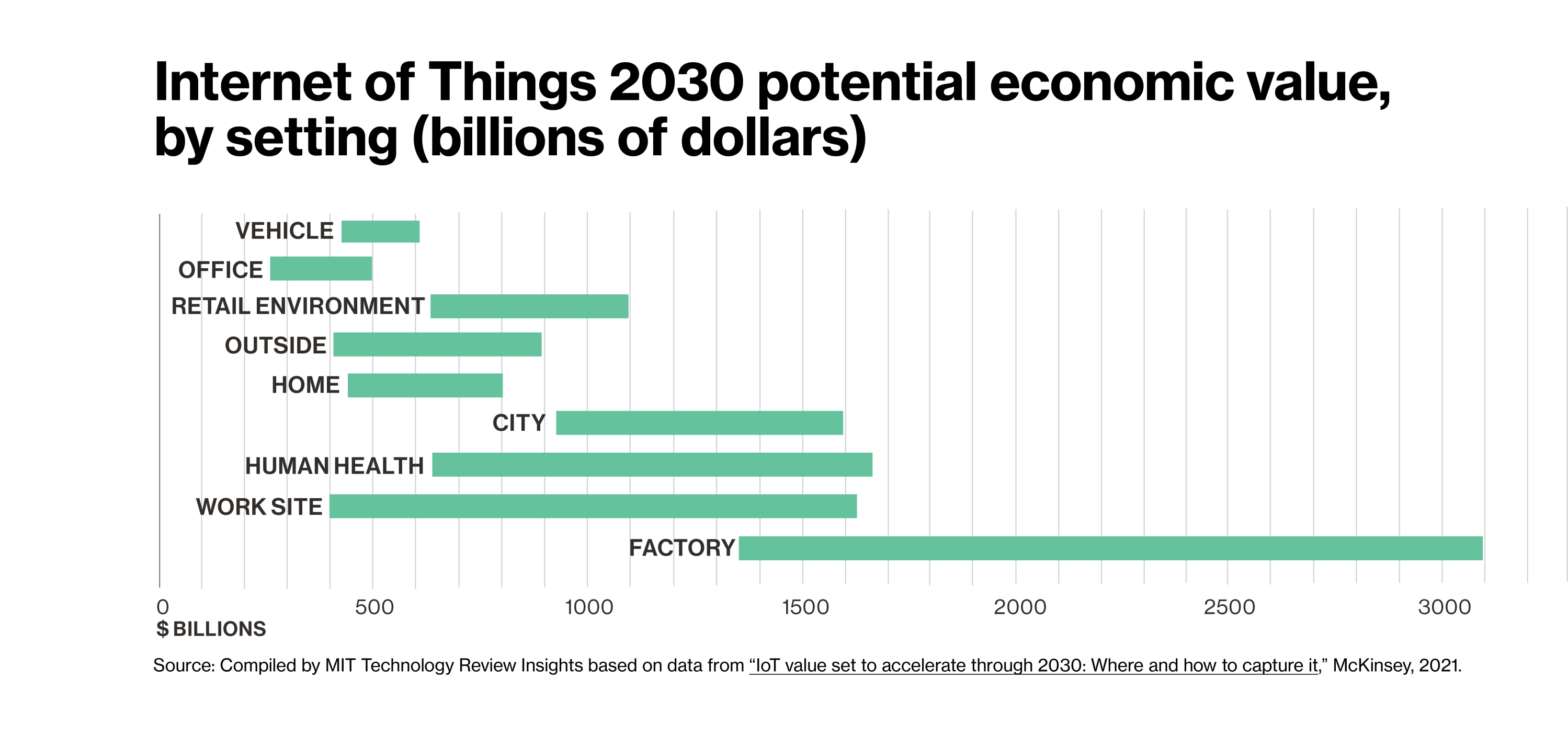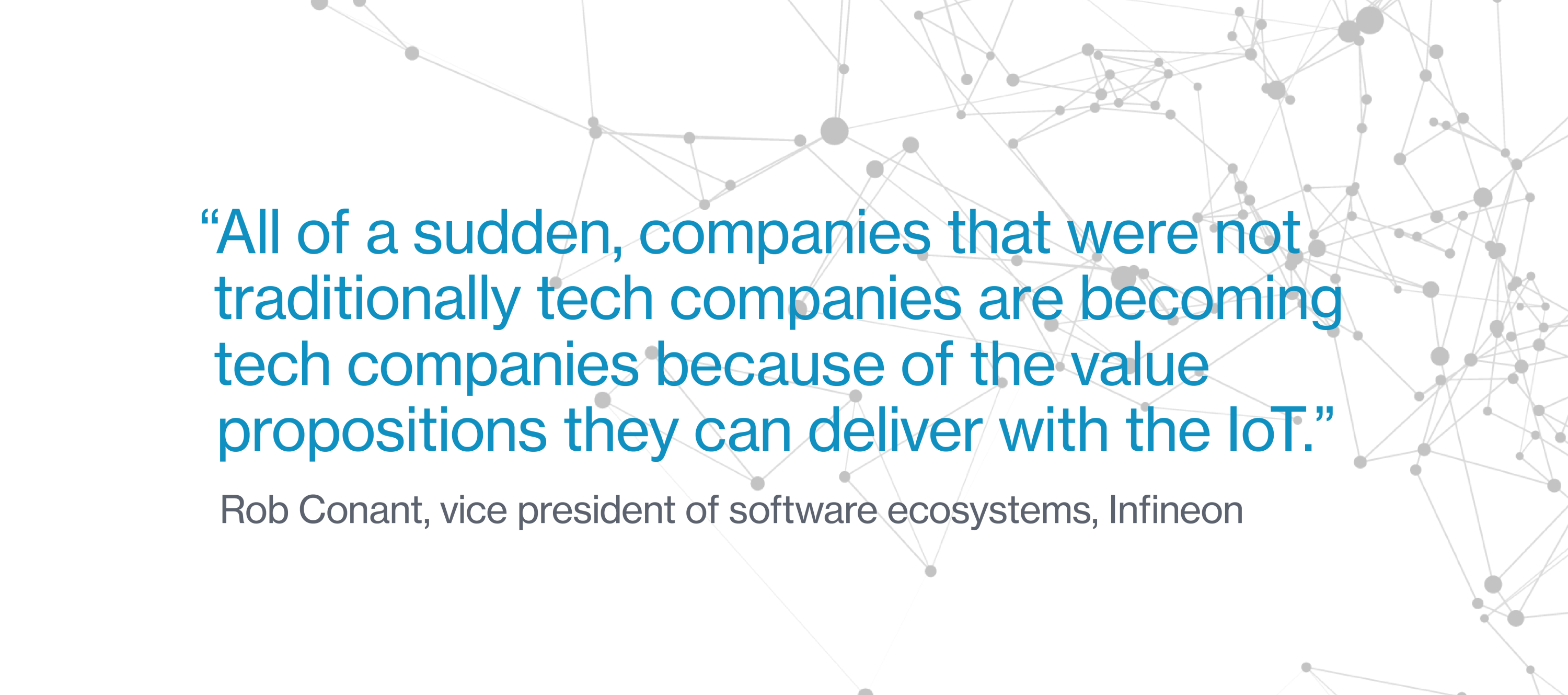The next generation of connected IoT
Connected devices have become an expectation: whether at home, in the office, or moving through the city, people rely on smart, interconnected devices and sensors making their lives easier, more productive, and more efficient.

Today, technical advances such as lower power chips, better connectivity, and advanced artificial intelligence (AI) and machine learning (ML) are unlocking new Internet of Things (IoT) use cases. Applications in healthcare, manufacturing, and transportation are taking off.
A McKinsey report projects that, by 2030, IoT products and services will create between $5.5 trillion and $12.6 trillion in value. IoT solutions, however, come with complexities. These range from developing sensing devices that offer secure cloud connectivity to generating insights for the end user. The semiconductor shortage and supply-chain disruptions caused by the coronavirus pandemic continue to impact suppliers and manufacturers. Different ecosystems, IP, technologies, and standards have made today’s world of connected devices unfortunately fragmented and clunky. And simple, secure product development continues to be challenging.
To realize IoT’s future promise, industry leaders must agree on standards to align device makers and manufacturers. IoT product, software, hardware, and chip makers —whether they are partners or competitors—will need to collaborate to create new features, products, and innovations and bring them to market faster.

Drivers of IoT growth
Industry, business, and consumer needs are steering IoT innovation: as technological advances open new use cases, certain key industries are driving the growth in connected devices. Factories and human health, for example, will account for 36% to 40% of the estimated unlocked value by 2030, according to McKinsey.
Innovations in the four enabling technologies of IoT—chips, connectivity, security, and artificial intelligence—are driving down costs and leading to better devices.
Smaller, more efficient processors and wireless components will allow connected devices to further penetrate key markets, such as consumer appliances, cars and transportation, manufacturing and industry, and human health. Improved networks lead to more reliable connectivity, opening opportunities for previously infeasible applications.

As interconnected devices demonstrate their value, demand booms. Rob Conant, vice president of software ecosystems at Infineon, which provides semiconductor and software solutions for IoT companies, describes the spread of IoT applications across industry after industry, from fleet tracking in the 1980s, to industrial manufacturing and the smart grid in the 1990s and 2000s. He sees the spread continuing across diverse businesses:
“Connectivity is extending into more and more applications: pool pumps are becoming connected, light bulbs are becoming connected, even furniture is becoming connected,” he says. “So all of a sudden, companies that were not traditionally tech companies are becoming tech companies because of the value propositions they can deliver with the IoT. That’s a huge transformation in those businesses.”
This content was produced by Insights, the custom content arm of MIT Technology Review. It was not written by MIT Technology Review’s editorial staff.


